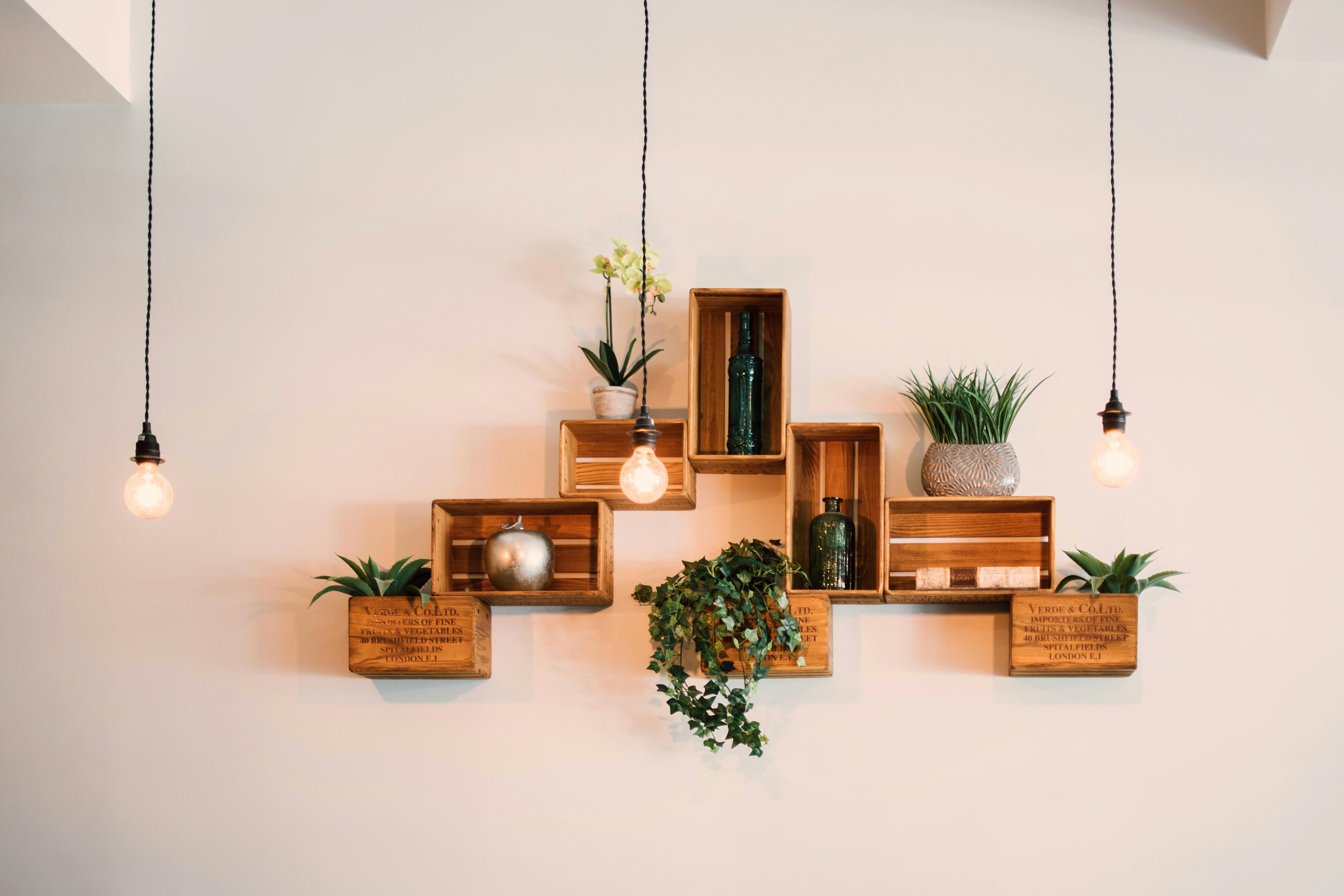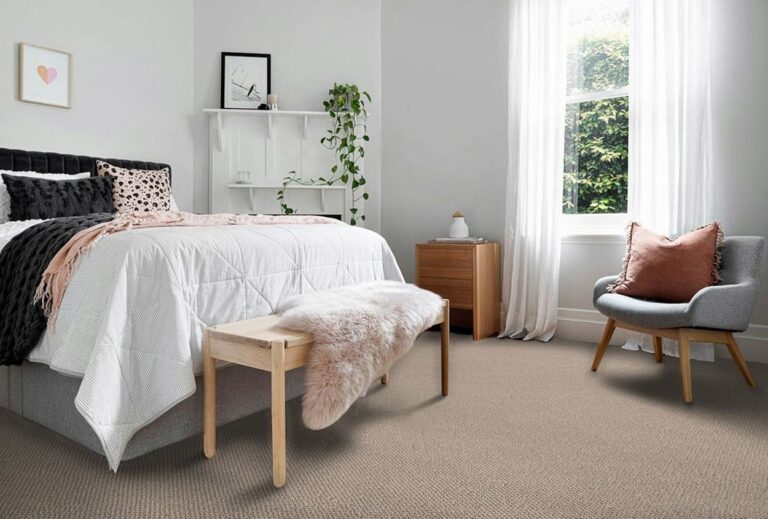
Interior design is more than just arranging furniture and picking paint colours—it’s about creating spaces that reflect personality, enhance wellbeing, and function effortlessly for everyday life. Whether you’re transforming a single room or reimagining an entire home, thoughtful design can uplift your environment and, in turn, how you feel within it. In this blog post, we’ll explore the essence of interior design, touch on trends, functionality, and personalisation.
The Role of Interior Design in Everyday Living
At its heart, interior design is about balance. It’s the art of harmonising aesthetics with practicality. A well-designed room feels cohesive, intentional, and inviting. It’s a space that serves its purpose—whether that’s relaxation, productivity, entertaining, or a bit of everything—while also pleasing the eye.
But interior design isn’t just for grand homes or glossy magazine pages. In fact, the most powerful transformations often happen in ordinary homes through simple, well-considered changes. Lighting, colour, texture, and layout all play crucial roles. The trick lies in understanding how each of these elements works together to support the mood and use of the space.
Designing for Functionality
Functionality is a foundational element of good interior design. Before diving into styling and statement pieces, it’s vital to assess how a space will be used. This ensures every design decision—from furniture choice to storage solutions—is aligned with real-life needs.
For example, in a busy family kitchen, durable worktops, efficient layouts, and wipeable surfaces are essential. In a home office, proper task lighting and ergonomic furniture can boost productivity. Functional design reduces stress, improves flow, and makes a space more enjoyable to use—day in and day out.
The Importance of Lighting
If there’s one element that can make or break a space, it’s lighting. Often underestimated, lighting doesn’t just illuminate—it defines ambience, adds warmth, and highlights architectural and decorative features. Think of the soft glow of pendant lights over a dining table or the strategic use of spotlights to draw attention to artwork.
Layered lighting is key: combining ambient lighting (general overhead light), task lighting (like reading lamps), and accent lighting (for mood or focus) creates depth and flexibility. And within these layers, one feature has seen a resurgence in popularity for good reason: handmade lampshades.
Handmade Lampshades: A Touch of Personality
In a world saturated with mass-produced home décor, handmade items offer authenticity and charm. Lampshades might seem like a minor detail, but they can have a major impact on a room’s atmosphere. A carefully chosen lampshade doesn’t just filter light—it tells a story.
Handmade lampshades come in a variety of styles, from hand-painted silk to woven rattan and printed fabrics. Their uniqueness brings texture and personality to a space, acting as functional art. They can soften a minimalist room, inject colour into a neutral palette, or reflect a home’s history and the owner’s taste.
Moreover, choosing handmade means supporting local artisans or independent designers, adding a layer of connection and sustainability to your home. It’s an opportunity to break away from the generic and bring in something truly distinctive.
If you’re looking to add character to a space without a complete overhaul, start with a handmade lampshade. Pair it with a vintage lamp base, a sculptural stand, or a sleek modern frame to create a focal point that draws attention without overwhelming the room.
Personalisation and Storytelling
Great interior design reflects the people who live in the space. It tells a story—sometimes subtly, sometimes boldly. Personalisation is what separates a house from a home.
Incorporate pieces that hold meaning, whether that’s a framed family photograph, an antique from your travels, or a quirky cushion that makes you smile. Even a gallery wall of mismatched art can say more about your personality than a perfectly coordinated showroom set-up.
Colour is another powerful tool. While trends come and go, choosing hues that resonate with you—whether that’s soothing sage, cheerful yellow, or dramatic navy—will make your space feel authentic.
Don’t be afraid to mix eras, materials, and textures. Modern furniture can pair beautifully with vintage finds. Glossy finishes can be balanced with matte surfaces. A room with contrast is visually engaging and full of depth.
Sustainability in Design
As awareness of sustainability grows, more people are looking to design their homes in environmentally conscious ways. That could mean opting for furniture made from reclaimed wood, investing in energy-efficient appliances, or choosing natural fibres over synthetic ones.
Handmade items, including lampshades, play a role here too. They’re often made in small batches, using traditional methods and locally sourced materials, which reduces their environmental impact. By favouring quality over quantity, you’re also more likely to buy pieces that last longer and avoid the throwaway culture associated with fast décor.
Interior Trends to Watch
While personal style should always guide your decisions, being aware of current design trends can offer inspiration. Some trends shaping interiors in 2025 include:
Biophilic design:
Emphasising a connection to nature with indoor plants, earthy tones, and natural materials like stone, linen, and timber.
Maximalism:
Layered patterns, bold colours, and eclectic styling that celebrates individuality and storytelling.
Japandi:
A fusion of Japanese minimalism and Scandinavian warmth, promoting calm and simplicity through neutral tones and clean lines.
Heritage revival:
Traditional details like wall panelling, patterned wallpaper, and antique furniture are making a comeback—with a modern twist.
Tactile textiles:
From boucle to velvet, rich textures are in, offering comfort and visual interest.
Final Thoughts
Interior design is a deeply personal journey. While magazines and influencers may offer endless inspiration, the best interiors are the ones that reflect your values, needs, and taste. Focus on creating a space that feels right for you—not just one that looks good on Instagram.





